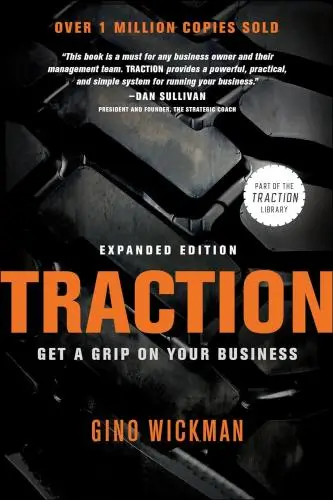
Switch
How to Change Things When Change Is Hard
What is Switch about?
Switch is a guide to making lasting changes in your life. Through a blend of psychology, storytelling, and practical strategies, the authors reveal how to overcome resistance and navigate change successfully. The book introduces the concept of the "Rider" and the "Elephant," representing the rational and emotional sides of decision-making. By understanding how to direct both aspects towards a common goal, readers can create sustainable change in any aspect of their lives.
About the Author
Chip Heath is a bestselling author known for his insightful books on decision-making and change. With a knack for blending research with engaging storytelling, he offers practical advice on how to make better choices and create lasting impact. His works, like "Made to Stick" and "Switch," explore the psychology behind successful communication and transformation, making complex concepts easy to understand and apply in real life. Heath's unique perspective and entertaining writing style make his books a must-read for anyone looking to improve their decision-making skills.
9 Key Ideas of Switch
Find the Bright Spots to Guide Change
Identify and analyze successful instances where the desired change has already occurred, even on a small scale. Understanding what works well in these 'bright spots' can provide a blueprint for implementing broader changes. This approach focuses on solutions rather than problems, leveraging positive examples as a roadmap for action.
Learn DeeperIdentify Your Own Bright Spots: Start by reflecting on your past successes, no matter how small. Think about times when you've achieved a goal or made a positive change. What were the circumstances? What actions did you take? Understanding these can help you replicate success in other areas.
Analyze the Success Factors: Once you've identified your bright spots, dig deeper to understand why they worked. Was it because of specific behaviors, support from others, or external factors? This analysis will help you extract useful strategies that can be applied elsewhere.
Share Success Stories: If you're working in a team or trying to inspire change in others, share these bright spots and their success factors. This not only motivates but also provides a concrete example of what works, making the path to change clearer for everyone involved.
Scale What Works: After identifying and understanding your bright spots, think about how you can apply these successful strategies to other challenges or goals. Start small if necessary, but the aim is to gradually scale these solutions to have a broader impact.
- Example
If you've successfully improved your fitness by incorporating short workouts into your daily routine, this becomes a bright spot. Analyzing this success might reveal that the key factors were convenience and consistency. You can then apply this insight to other areas, like learning a new skill by dedicating a few minutes to it every day.
- Example
A team leader notices that one project was delivered exceptionally well on time and under budget. By identifying this project as a bright spot, the leader can analyze what made it different: perhaps it was regular check-ins, a particular collaboration tool, or a specific motivational technique. These elements can then be replicated in future projects to improve overall team performance.
Script the Critical Moves to Eliminate Ambiguity
Change is often hindered by uncertainty about how to start or what steps to take. By clearly outlining the specific behaviors or actions required, you remove ambiguity and make it easier for people to act. Scripting the critical moves provides a clear path forward, reducing paralysis caused by decision overload and increasing the likelihood of taking action.
Learn DeeperIdentify the critical moves for your goal: Start by breaking down your larger goal into smaller, manageable steps. This could be as simple as writing a to-do list for a project at work or outlining the steps to improve a personal habit.
Eliminate ambiguity by being specific: For each critical move, be as detailed as possible. Instead of saying 'exercise more', specify 'walk for 30 minutes every day after dinner'. This removes any guesswork about what 'more' means.
Communicate the plan clearly if involving others: Whether it's a team project or a family goal, make sure everyone understands their role and the specific actions they need to take. Clear communication prevents misunderstandings and ensures everyone is on the same page.
Monitor progress and adjust as needed: Keep track of how well you and/or your team are following the scripted moves. If something isn't working, don't be afraid to adjust the plan. Flexibility is key to overcoming unforeseen challenges.
- Example
If you're trying to save money, a critical move might be to 'Transfer $100 to my savings account the first day after receiving my paycheck each month'. This specific action eliminates ambiguity and makes it more likely that you'll follow through.
- Example
For a team working on a project, a critical move could be 'Hold a 15-minute stand-up meeting every morning to update each other on our progress and discuss any obstacles'. This clear, actionable step ensures everyone knows what's expected and can help keep the project on track.
Point to the Destination with a Vivid Picture
Create a compelling vision of the future that motivates and guides people towards the change. This vivid picture should be easy to understand and resonate emotionally with those involved. It acts as a north star, helping individuals visualize the benefits of the change and maintain focus amidst challenges.
Learn DeeperVisualize Your Goal: Spend time imagining the end result of your change. What does it look like? How does it feel? Write down or create a visual representation of this future state to keep it front and center in your daily life.
Communicate Your Vision: Share your vivid picture with others involved in or affected by the change. Use stories, metaphors, or analogies to make the vision relatable and compelling. Ensure your communication sparks enthusiasm and a shared understanding.
Set Milestones: Break down the journey towards your destination into smaller, achievable milestones. Celebrate these achievements as you progress, using them as evidence that the vivid picture is becoming a reality.
Reflect and Adjust: Regularly compare your current state to the vivid picture of your destination. Reflect on the progress and learn from any setbacks. Be prepared to adjust your approach if necessary to stay aligned with your ultimate goal.
- Example
A company aiming to improve its customer service might paint a vivid picture of a future where customer satisfaction scores are at an all-time high, employees are more engaged and empowered to solve problems, and the company is recognized in the industry for its exceptional service. They could create a detailed vision board displaying these achievements and share success stories that align with this future state.
- Example
An individual looking to lead a healthier lifestyle could visualize themselves crossing the finish line of a marathon, feeling energetic, and enjoying a balanced diet. They might create a motivational collage of images representing this healthy lifestyle and set incremental fitness and dietary goals, celebrating each milestone to keep motivated.
Grow Your People Through an Identity Shift
Foster a mindset where individuals see themselves as capable of change and aligned with the new direction. Encouraging a shift in identity can empower people to adopt new behaviors that are consistent with their self-perception as change agents. This internal transformation is crucial for sustaining long-term change.
Learn DeeperIdentify Your New Identity: Start by defining who you want to become in the context of the change. Do you see yourself as a more proactive, resilient, or innovative person? Write down the attributes of your new identity.
Set Small, Achievable Goals: Break down your big change into smaller, manageable actions that are aligned with your new identity. Celebrate small wins to reinforce your belief in your ability to change.
Surround Yourself with Reinforcements: Engage with people, environments, and activities that reinforce your new identity. This could mean joining groups with similar goals, finding a mentor, or even changing your physical workspace to reflect the new you.
Reflect on Your Progress: Regularly take time to reflect on your journey. Acknowledge the challenges you've overcome and how they've contributed to your new identity. This reflection reinforces your growth and solidifies your identity shift.
Visualize Your Success: Spend a few minutes each day visualizing yourself successfully embodying your new identity. This mental practice can help solidify your belief in your ability to change and make the identity shift feel more real.
- Example
If you're aiming to become more environmentally conscious, start by identifying yourself as an 'environmental advocate.' Begin with small actions like reducing single-use plastics in your daily routine, attending local clean-up events, and gradually incorporating more sustainable practices into your lifestyle.
- Example
For someone looking to shift into a leadership role, begin by seeing yourself as a 'leader-in-training.' Volunteer for leadership positions in community or professional organizations, seek out mentorship from established leaders, and take on small projects that allow you to practice leadership skills.
Deeper knowledge. Personal growth. Unlocked.
Unlock this book's key ideas and 100+ more. Learn with quick, impactful summaries.
Read Full SummarySign up and read for free!
Switch Summary: Common Questions
Experience Personalized Book Summaries, Today!
Discover a new way to gain knowledge, and save time.
Sign up for our 7-day trial now.
No Credit Card Needed

Similar Books

David and Goliath
Malcolm Gladwell
The 48 Laws of Power
Robert Greene
Do What You Are
Paul D. Tieger
The Black Swan
Nassim Nicholas Taleb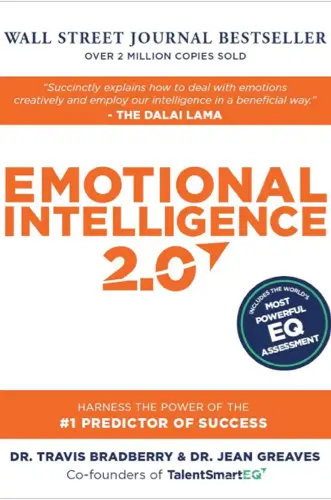
Emotional Intelligence 2.0
Travis Bradberry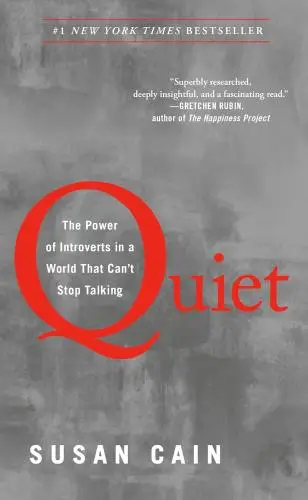
Quiet
Susan Cain
What to Say When You Talk to Yourself
Shad Helmstetter
The Laws of Human Nature
Robert Greene
Feeling Good
David D. Burns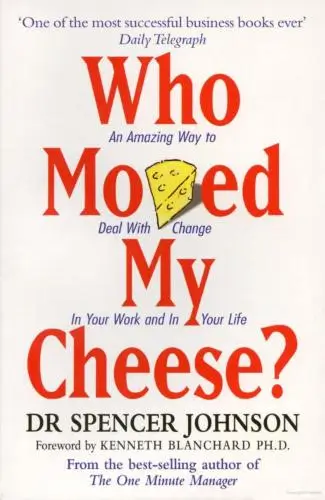
Who Moved My Cheese?
Spencer Johnson
Emotional Intelligence
Daniel Goleman
12 Rules for Life
Jordan B. PetersonTrending Summaries

Peak
Anders Ericsson
Never Split the Difference
Chris Voss
Smart Brevity
Jim VandeHei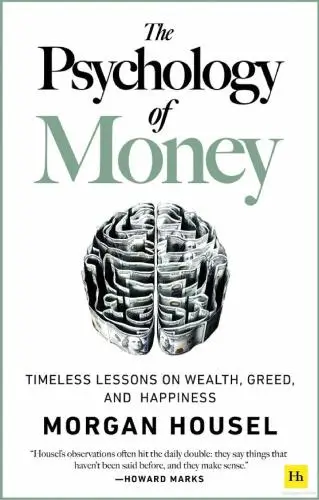
The Psychology of Money
Morgan Housel
The First 90 Days
Michael D. Watkins
Atomic Habits
James Clear
Thinking, Fast and Slow
Daniel Kahneman
The Body Keeps the Score
Bessel van der Kolk M.D.
The Power of Regret
Daniel H. Pink
The Compound Effect
Darren Hardy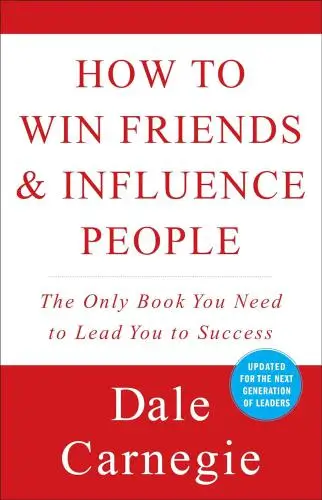
How to Win Friends & Influence People
Dale Carnegie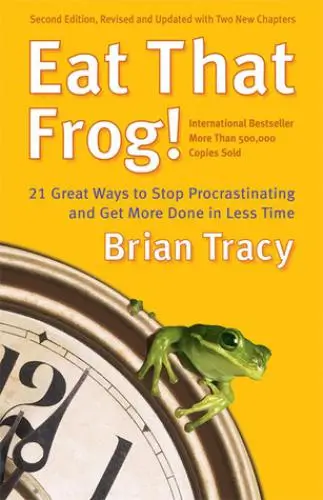
Eat That Frog!
Brian Tracy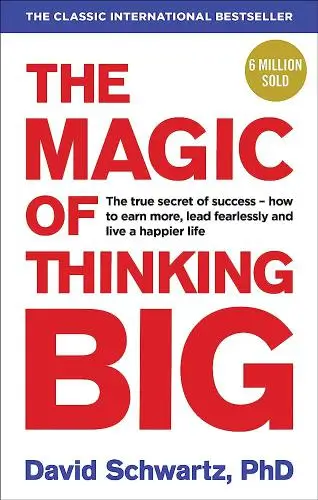
The Magic of Thinking Big
David J. Schwartz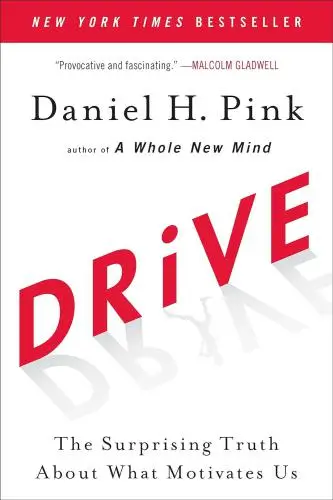
Drive
Daniel H. Pink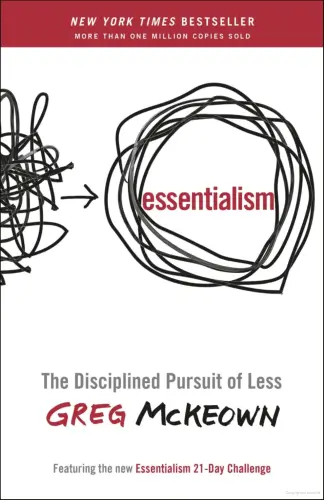
Essentialism
Greg McKeownNew Books

The Millionaire Fastlane
MJ DeMarco
Losing My Virginity
Richard Branson
Venture Deals
Brad Feld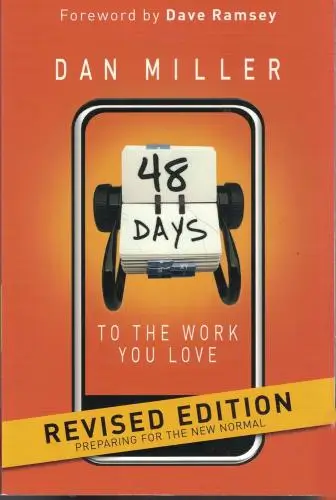
48 Days to the Work You Love
Dan Miller
Anything You Want
Derek Sivers
Running Lean
Ash Maurya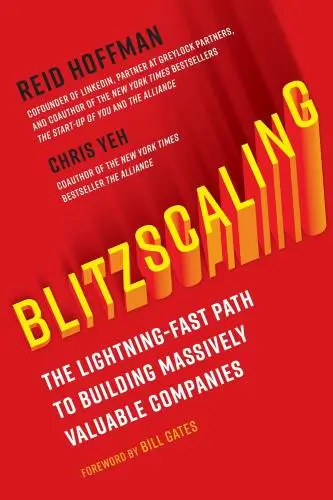
Blitzscaling
Reid Hoffman
The Founder's Dilemmas
Noam Wasserman
Founders at Work
Jessica Livingston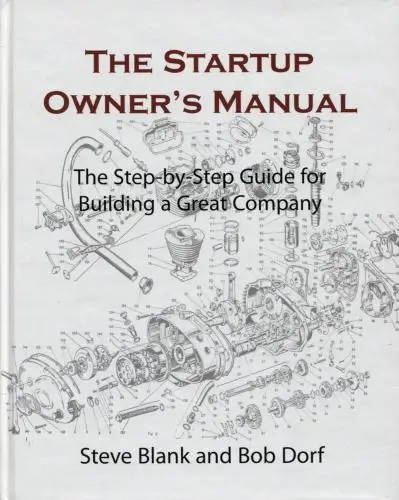
The Startup Owner's Manual
Steve Blank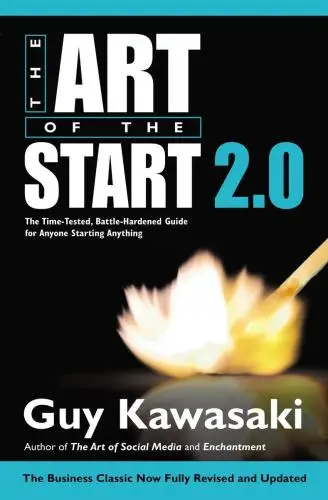
The Art of the Start 2.0
Guy Kawasaki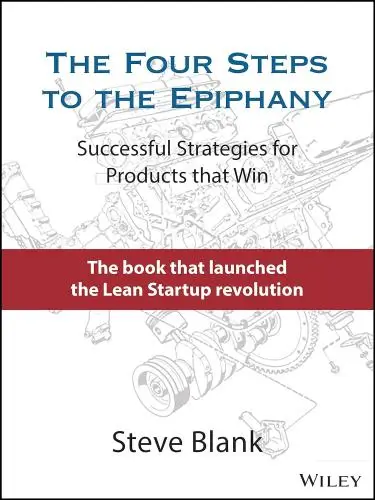
The Four Steps to the Epiphany
Steve Blank
Flash Boys
Michael Lewis
Crush It!
Gary Vaynerchuk